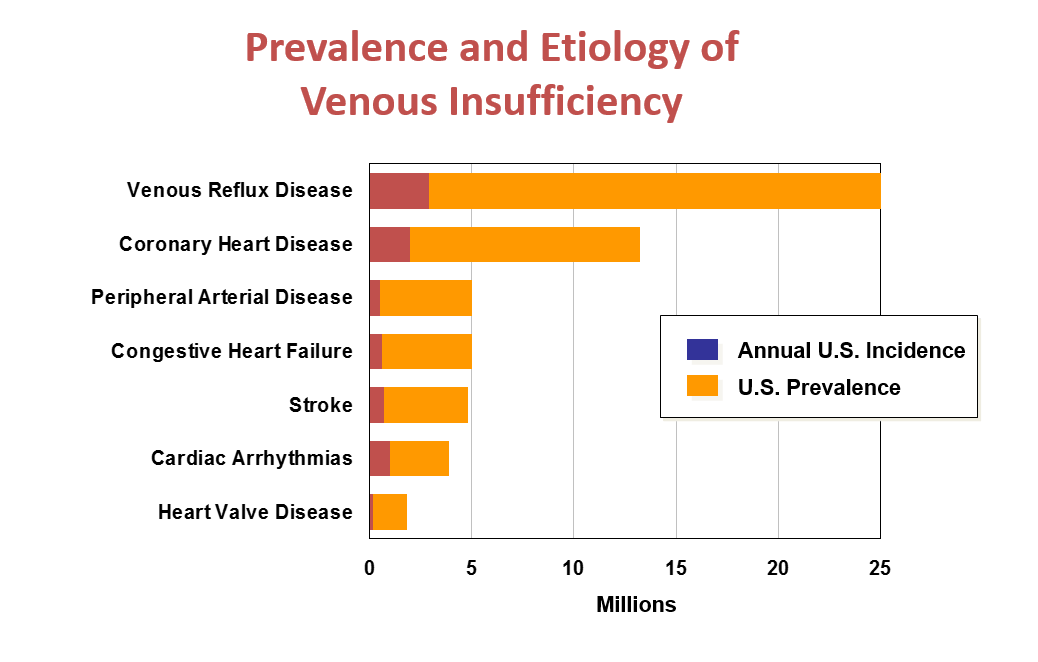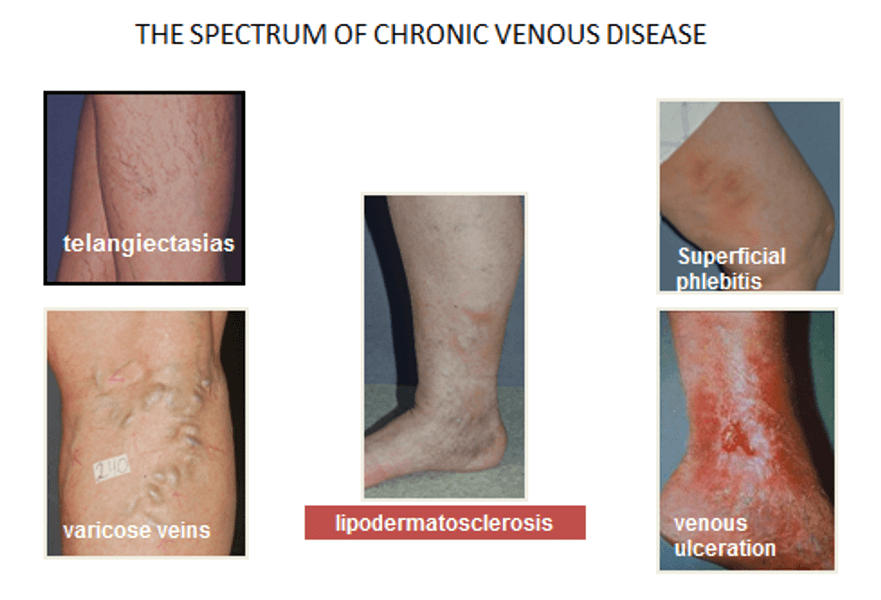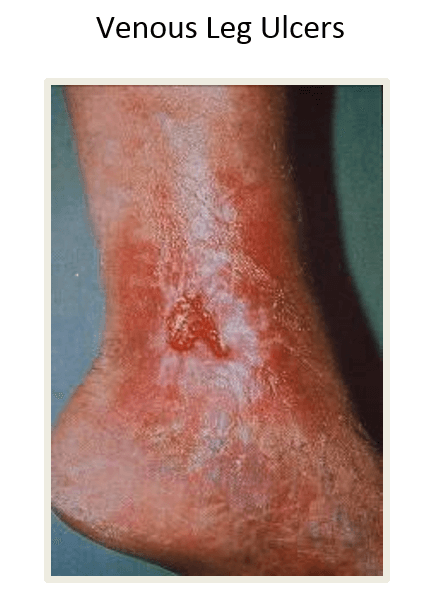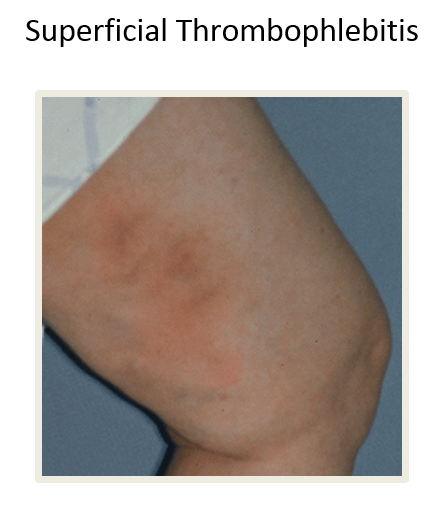Chronic Venous Insufficiency is considered a serious medical condition that develops in patients as the result of venous reflux. Venous reflux is the backward flow of blood through the veins as a result of faulty venous valves and quickly leads to venous hypertension, inflammation and ultimately tissue damage. In a healthy vein, valves work to keep blood flowing steadily in a direction towards the heart. When vein valves fail, blood is allowed to flow backwards away from the heart and moves towards the feet when a patient stands.
As blood flows backwards away from the heart it quickly pools in the veins centered around the legs. Over time, pooling leads to increased pressure on these same veins and results in venous hypertension. This condition directly affects blood circulation in the legs leading to local tissue acidosis and painful inflammation. The inflammation process entails the attachment of white blood cells to the vein walls. White blood cells both provoke inflammation of the veins and release proteinases which works to weaken valves.
Both Chronic Peripheral Venous Reflux Disease and Chronic Venous Insufficiency are extremely common, with more than 25 million individuals in the United States suffering from these conditions. It is estimated that these conditions are twice as common as the development of heart disease and nearly five times more prevalent than Peripheral Arterial Disease.
More Information on Chronic Venous Insufficiency
Signs and Symptoms Associated with Chronic Venous Insufficiency
Chronic Venous Insufficiency often presents with symptoms that may include heaviness, fatigue, and leg cramps. Some patients report sensations of burning and itching along the skin. It is not uncommon for patients suffering from this condition to notice swelling of the legs and ankles.
Changes affecting the skin are extremely common for those suffering from Chronic Venous Insufficiency. Nearly a third of patients with this condition will experience Dermatitis or hardening of the skin referred to as Lipodermatosclerosis. Patients with Chronic Venous Insufficiency live with a higher risk for blood clots and leg ulcers. Additionally, complications associated with Chronic Venous Insufficiency place patients at a greater risk of developing Deep Vein Thrombosis, Pulmonary Embolism or bleeding of spider vein networks.
Overall, this is considered a highly progressive disease with patients experiencing an increase in noticeable, adverse symptoms year over year. While patients are often unhappy with the cosmetic impacts of this condition, if left untreated, Chronic Venous Insufficiency can lead to much more serious medical complications and should be treated seriously.

Chronic Venous Insufficiency Treatment Options
Patients suffering from Chronic Venous Insufficiency will often find wearing compression garments helps to reduce the painful symptoms associated with this condition. Similarly, physicians often recommend patient build and stick to a dedicated diet and exercise plan to help promote healthy blood flow.
Before moving towards a more invasive treatment method for dealing with Chronic Venous Insufficiency, a patient’s comprehensive medical profile must be taken into consideration to make sure any underlying or associated medical issues that pose more of a serious threat can be attended to first. For this reason, the team at the St. Louis Laser Lipo and Vein Center requires all new patients to schedule an initial consultation with Dr. Wright in order to determine a customized treatment plan. An initial consultation also provides a time for patients to discuss any questions, concerns and procedural specific inquiries in a personalized and comfortable setting.

Benefits of Sclerotherapy
Many patients affected by Chronic Venous Insufficiency will find sclerotherapy to be the recommended route for treatment. While this is one of several options, sclerotherapy is a minimally invasive procedure that can be performed in the physician’s office as an out-patient treatment option. Prior to the procedure, the attending physician will clearly mark problematic areas where veins require treatment. Using small incision points, a chemical medication called sclerosant will be injected directly into the problematic veins causing them to collapse, close and ultimately be reabsorbed by the body.
This procedure does not require the use of general anesthesia, meaning patients are free from the worries and risks associated with a lengthy hospital stay. Many patients will enjoy a procedure that takes less than an hour and can expect to walk out of the office unassisted after the procedure is complete. Those who elect to treat Chronic Venous Insufficiency with sclerotherapy will likely return to normal activities within a day of treatment and may experience minimal swelling or redness at the injection site.


First Steps Towards a Solution
The long-term risks associated with Chronic Venous Insufficiency make this a condition that should be dealt with as early on as possible. The ease of out-patient treatment options makes taking the first steps to finding a solution an easier than ever. Contact the team at the St. Louis Laser Lipo and Vein Center to start discussing a personalized treatment plan that reduces risks associated with Chronic Venous Insufficiency.
Venous Insufficiency FAQs
Do Compression Stockings help with Hemosiderosis and Venous Insufficency?
The stockings do help with venous insufficiency and can potentially help with hemosiderin “staining.” It will not treat hemosiderosis (the excess iron in the blood).